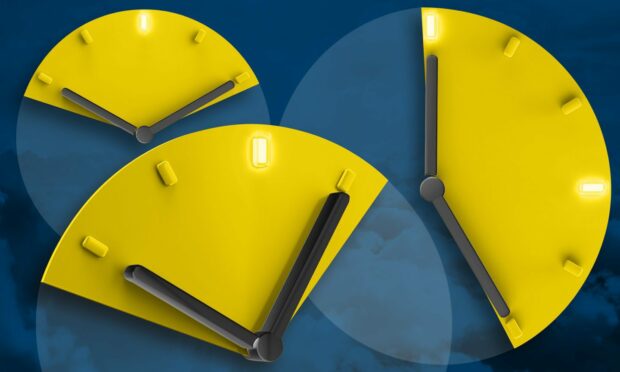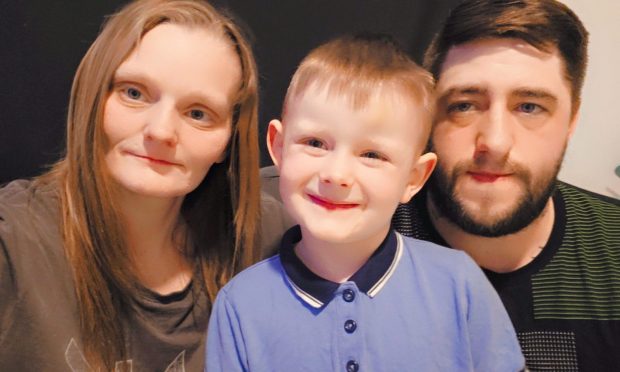Most of us will enjoy a solid block of sleep once a day, with the occasional nap perhaps thrown in on those days where we’re really tired.
But would you consider breaking up your sleep pattern and sleeping for a shorter time but more often throughout the day?
That’s what those who follow a polyphasic sleep pattern do.
But what is polyphasic sleep? Are there any benefits? And what are the risks involved?
We’re answering all your questions on the unusual sleeping practise.
What is polyphasic sleep?
Polyphasic sleep is when you sleep more than twice a day. This could look like quick nap breaks through the day, with reduced time asleep at night.
Babies commonly sleep this way, especially newborns. Some animals such as cats, dogs and birds also sleep like this.
But most children, teen and adults practise monophasic sleep – sleeping for one long chunk through the night.
There are different types of polyphasic sleep schedules. The Everyman schedule allows for a three hour sleep at night, with three 20-minute naps through the day.
The Biphasic schedule means sleeping in two blocks. Many who do this sleep for around five to six hours at night with a 1.5 hour nap in the afternoon, like a siesta.
The Triphasic schedule consists of three short sleep periods after dusk, before dawn, and in the afternoon, providing a total of four to five hours of sleep per day.
Other schedules include the Dymaxion and Uberman schedules. They consist of naps throughout the day, leading to just two and three hours of sleep per day, respectively.
Are there benefits to polyphasic sleep?
Polyphasic sleep does not come naturally to humans as we age out of childhood, so experts are often wary to recommend it.
However, it could work for you if you have a non-traditional work pattern, such as shift work or on-call work.
Shift work can disrupt the body’s circadian rhythm, as well as increase the risk of accidents and impaired decision-making.
It’s always better to get some sleep is always better than no sleep. If you’re struggling to stay awake at work, you could try polyphasic sleep.
However, it’s better to sleep in one longer block of sleep, with a nap or two added in on those days where that’s not possible.
What are the risks of polyphasic sleep?
The biggest risk of polyphasic sleep is sleep deprivation. Chronic sleep deprivation puts you at risk of developing physical health conditions such as:
- high blood pressure
- depression
- diabetes
- heart disease
- obesity
- obstructive sleep apnoea
- psychosis
- stroke
Sleep loss is also associated with adverse effects on mood and behaviour. Adults with chronic sleep loss report excess mental distress, depressive symptoms, anxiety, and alcohol use.
When you’re struggling with sleep, you might be willing to try anything to help improve it.
But expert advice says you should persevere with an eight hour night, for the best quality, most restorative sleep possible.













Conversation